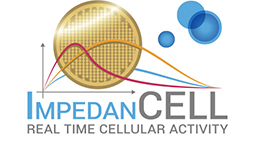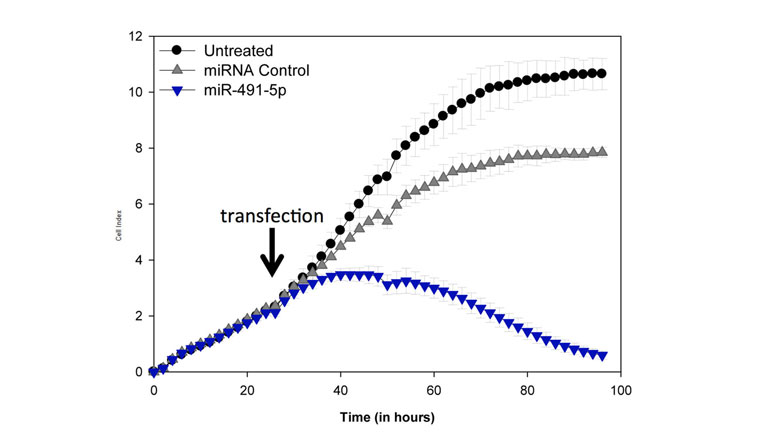

The facilities from the ImpedanCELL platform enable high-throughput studies in areas as wide-ranging as oncology, neuroscience, immunology, virology, bacteriology or marine biology. At both sites, we have created an "xCELLothèque" in order to respond quickly to the requests we receive answer from the scientific community as well as to develop industrial partnerships. For the Baclesse site, we have about 30 cell models (cell lines and primary cells) whose culture conditions have been defined and validated (number of cells, cell quality index, characteristic impedance profile, response to treatment, etc.). For the LABÉO site, a catalog referencing all the cell types (about 15 to date) and available viruses in different animal species is being set up. The objective is to provide a characteristic impedance profile for each cell/virus system in order to propose models for studying viruses that infect various animal species (target species such as horses, cattle, birds, etc.) in industrial and academic laboratories.


Functional Screening of a bank of 1200 miRNAs to identify apoptomiRs.
Identification of the cytotoxic action of miR-491-5p in an ovarian cancer
line (Denoyelle et al., Cell Death Dis, 2014).
Real-time cell death analysis (Caspase-3/7 Green Apoptosis assay)
Study of the ability of cancer cells to reinvest an injured
space (Scratch Wound Migration assay)
Study of the cytopathogenic effect of an equine virus